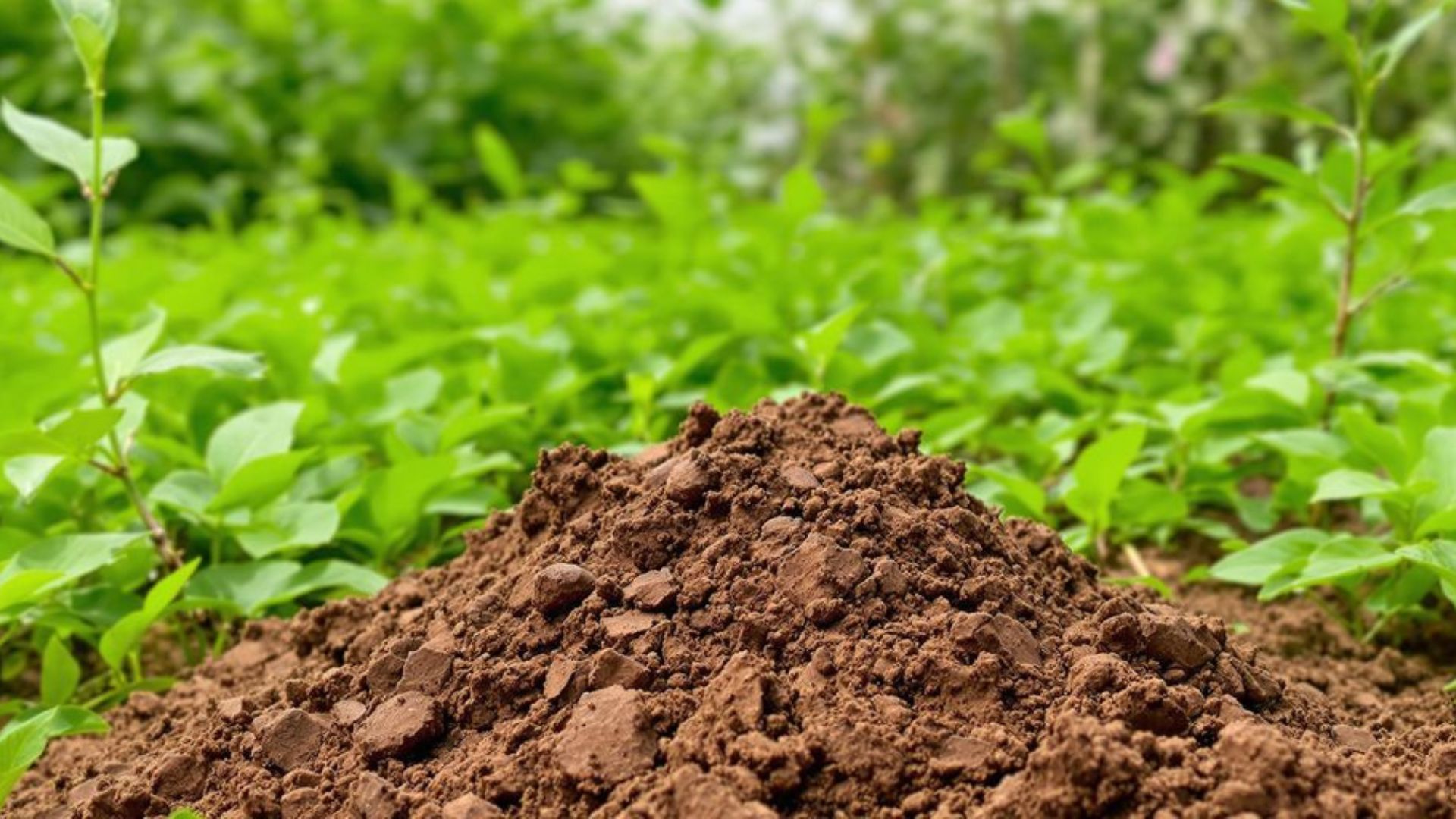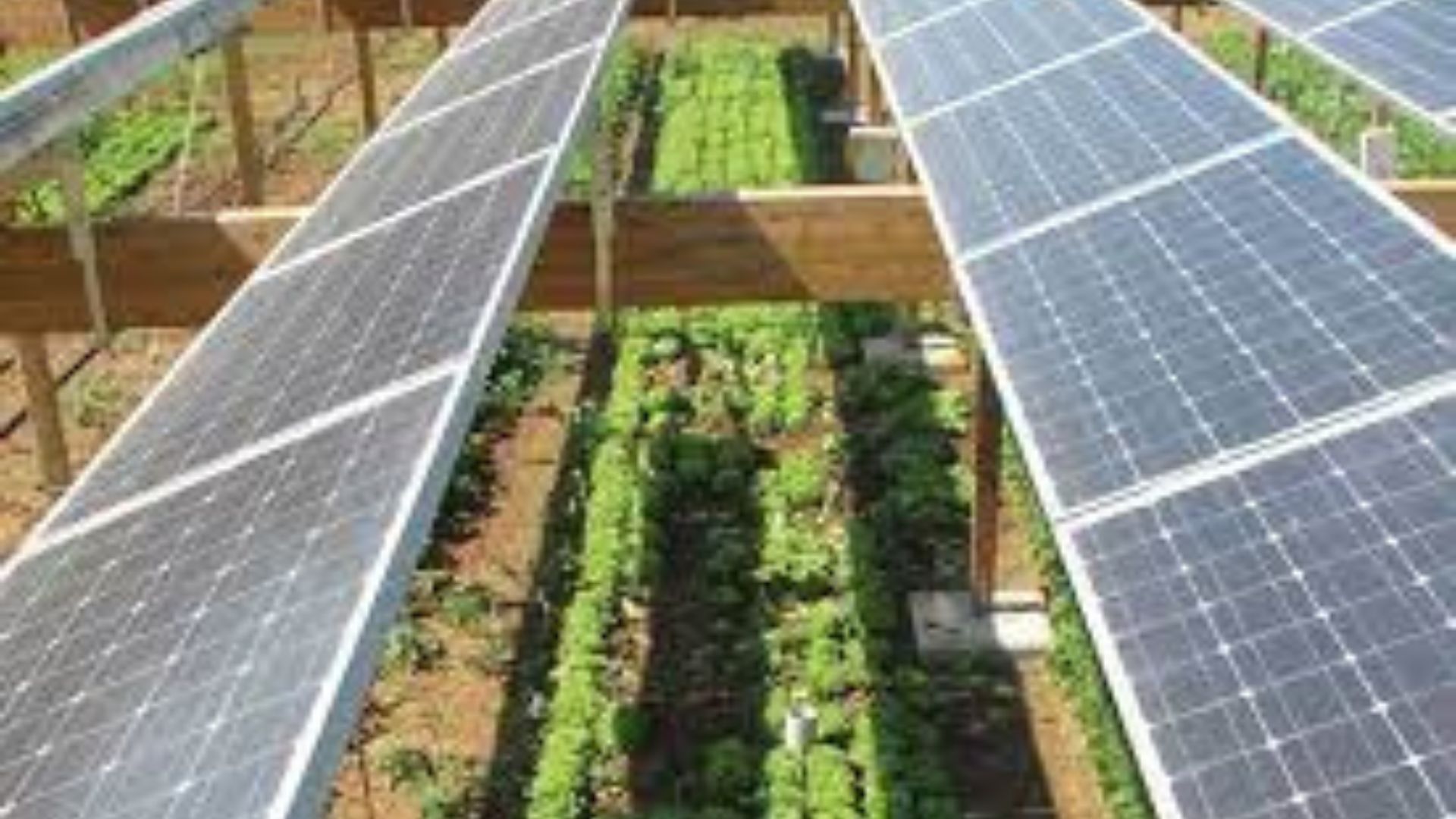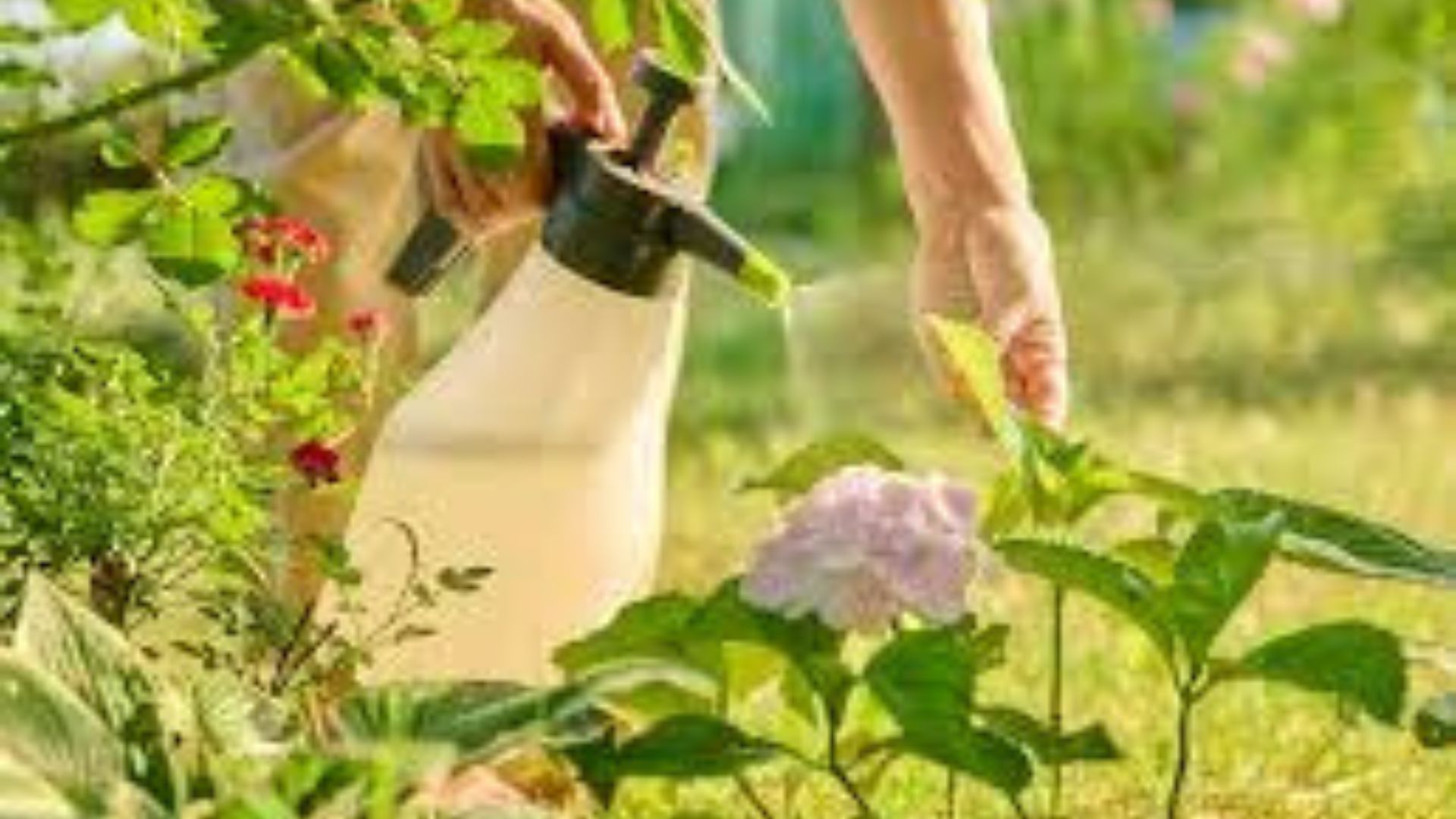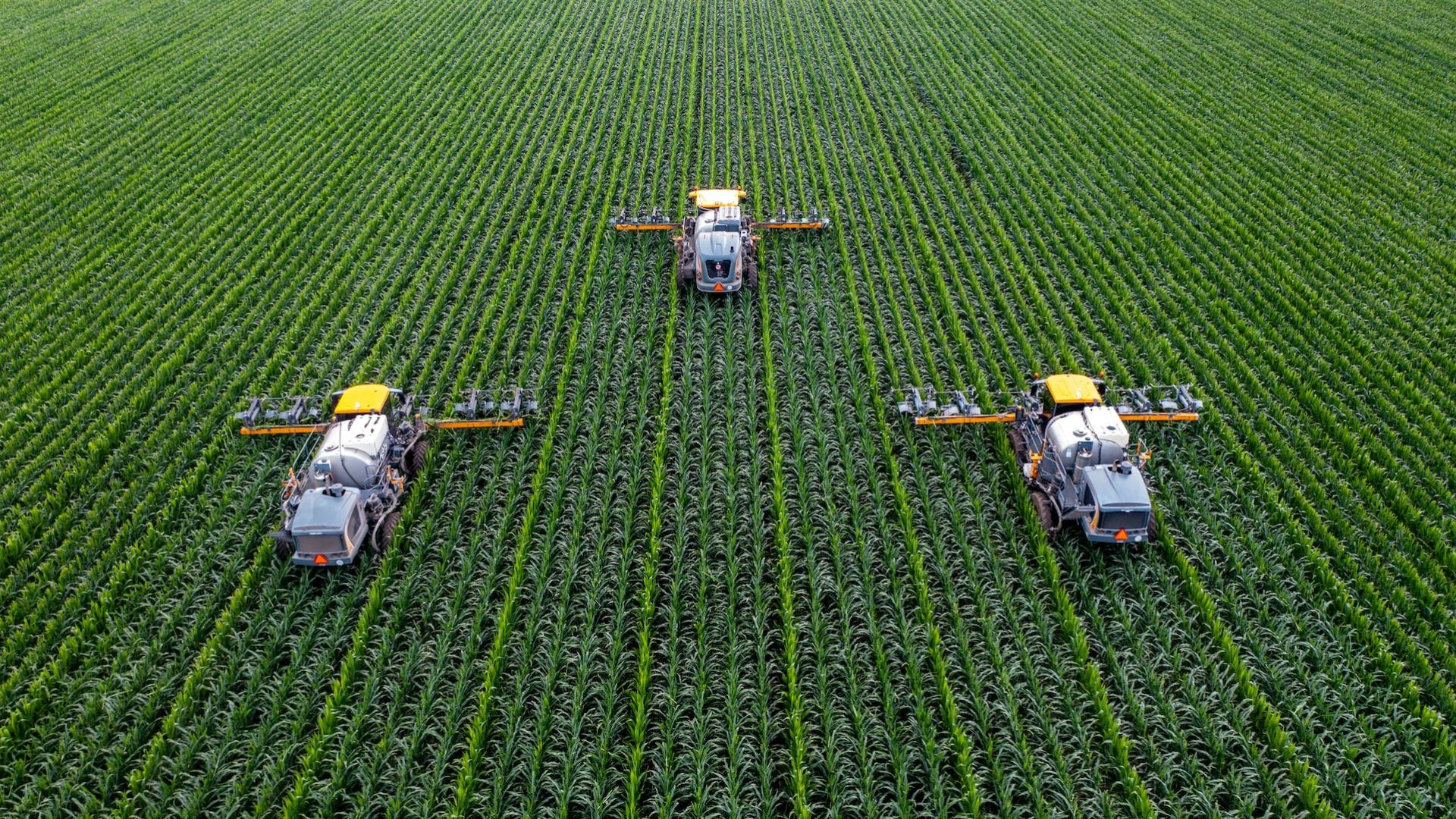Composting is one of the most effective and natural ways to improve soil health, reduce waste, and support sustainable farming. In eco-friendly farming, composting plays a central role by recycling organic materials into rich, nutrient-dense soil amendments that promote plant growth and reduce the need for chemical fertilizers.
This article explains how composting works, why it’s important, and how farmers can use it to create a more sustainable farming system.
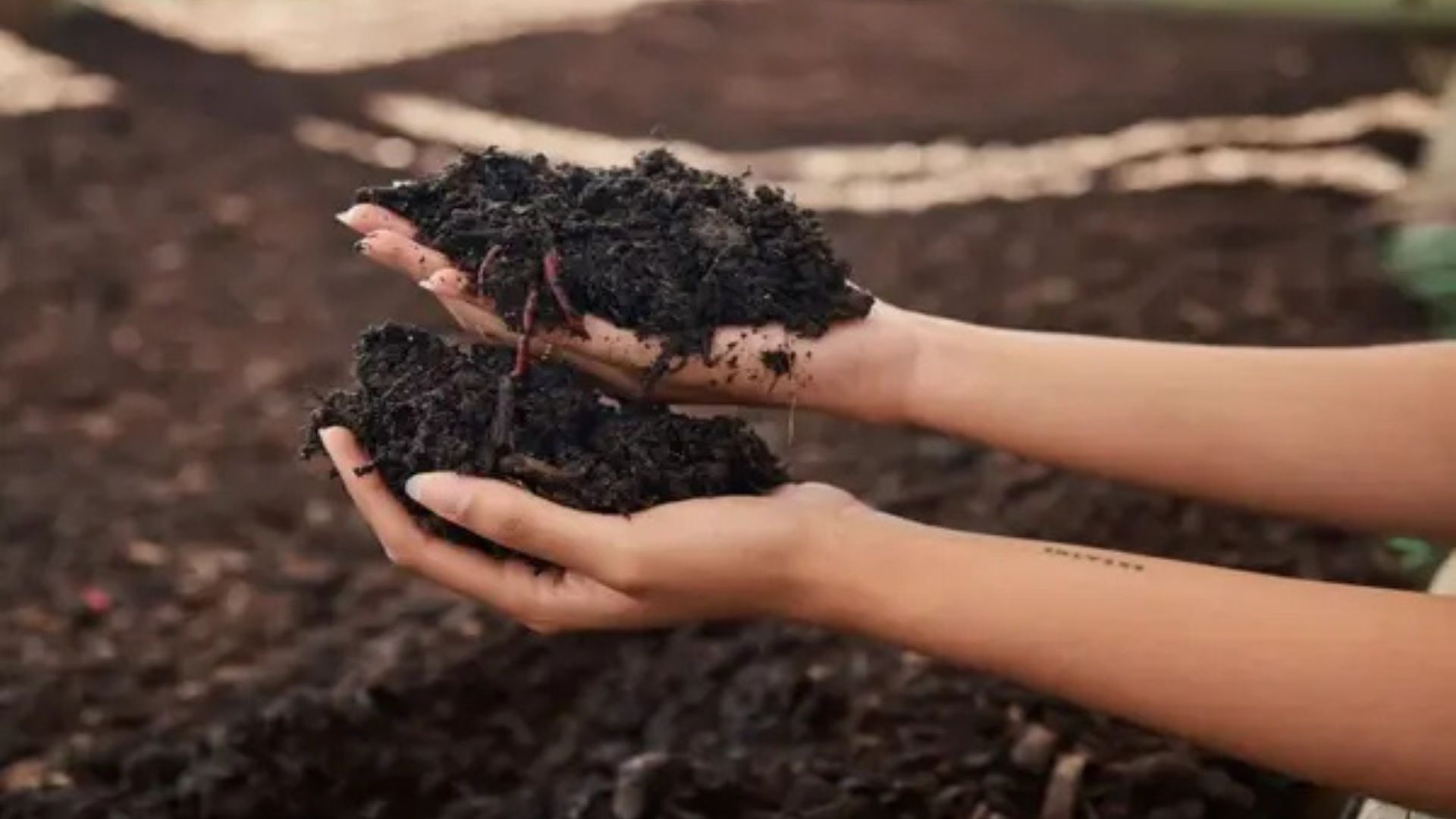
What Is Composting?
Composting is the process of breaking down organic waste—such as food scraps, plant matter, and manure—into a nutrient-rich soil material called compost. This process is carried out by microorganisms, fungi, and worms under the right balance of heat, moisture, and oxygen.
Compost can then be used to improve soil structure, increase fertility, and help plants grow naturally.
Why Composting Matters in Eco-Friendly Farming
In eco-friendly farming, the focus is on reducing environmental impact and working in harmony with nature. Composting supports these goals in several key ways:
-
Reduces the need for synthetic fertilizers
-
Cuts down on farm waste
-
Improves soil health and biodiversity
-
Increases crop resilience and yields
-
Helps sequester carbon and reduce greenhouse gases
By using compost instead of chemical fertilizers, farmers reduce pollution and improve long-term soil fertility.
Types of Materials Used in Composting
Composting requires a balance of two types of materials:
1. Greens (Nitrogen-rich):
-
Vegetable scraps
-
Fruit peels
-
Coffee grounds
-
Fresh grass clippings
-
Animal manure (from herbivores only)
2. Browns (Carbon-rich):
-
Dry leaves
-
Straw or hay
-
Shredded paper or cardboard
-
Sawdust (from untreated wood)
-
Corn stalks
A healthy compost pile should have a balance of greens and browns, kept moist and turned regularly to allow oxygen in.
How to Create a Compost Pile on a Farm
-
Choose a Location: Pick a shaded, well-drained spot close to your garden or field.
-
Build the Pile: Start by layering browns and greens. Alternate between the two to create balance.
-
Moisture Management: Keep the pile damp but not soggy—like a wrung-out sponge.
-
Turn Regularly: Use a pitchfork or shovel to turn the compost every 1–2 weeks. This adds oxygen and speeds up decomposition.
-
Let It Cure: After 2–3 months, stop adding new materials and allow the compost to cure for several weeks before using it.
Well-managed compost will have a dark, crumbly texture and an earthy smell when it’s ready.
Benefits of Composting in Sustainable Agriculture
1. Improves Soil Fertility:
Compost adds essential nutrients like nitrogen, phosphorus, and potassium to the soil, helping plants grow without synthetic inputs.
2. Enhances Soil Structure:
Compost improves soil texture, allowing better water retention and root growth. This is especially helpful in dry or compacted soils.
3. Reduces Soil Erosion:
With healthier soil comes better ground cover and root systems, which hold soil in place and prevent erosion.
4. Supports Microbial Life:
Healthy soil is alive with bacteria, fungi, and other organisms that help break down nutrients and support plant health. Compost feeds this life.
5. Minimizes Waste:
By composting organic waste on the farm, farmers reduce the amount of material sent to landfills or burned—cutting emissions and creating useful fertilizer.
6. Cost-Effective:
Using compost can reduce the need for expensive chemical fertilizers and soil conditioners, saving money in the long run.
Composting and Climate Change
One of the hidden benefits of composting is its impact on climate change. When organic waste decomposes in landfills, it produces methane—a powerful greenhouse gas. Composting keeps this waste out of landfills and returns carbon to the soil, where it benefits plants instead of polluting the air.
In addition, compost-rich soils store more carbon and help offset emissions from farming activities.
Common Composting Mistakes to Avoid
-
Adding meat, dairy, or oily foods (they attract pests and slow the process)
-
Letting the pile get too dry or too wet
-
Not turning the pile regularly
-
Adding only one type of material (balance is key)
Avoiding these mistakes ensures faster decomposition and higher-quality compost.
Real-Life Example: Composting on a Small Farm
A small vegetable farm in a rural area started composting leftover crops, chicken manure, and straw. Within six months, the farmers noticed:
-
Healthier soil with better water retention
-
Reduced need for chemical fertilizers
-
Bigger, more resilient vegetable yields
They now compost year-round and consider it the core of their eco-friendly farming strategy.
Conclusion
Composting is a simple yet powerful tool in eco-friendly farming. It turns waste into a valuable resource, nourishes the soil, and reduces environmental harm. Whether you’re managing a small garden or a full-sized farm, composting helps create a closed-loop system that supports both plant health and sustainability.
By adding composting to your farming practices, you’re not just feeding your crops—you’re also helping the planet thrive.






